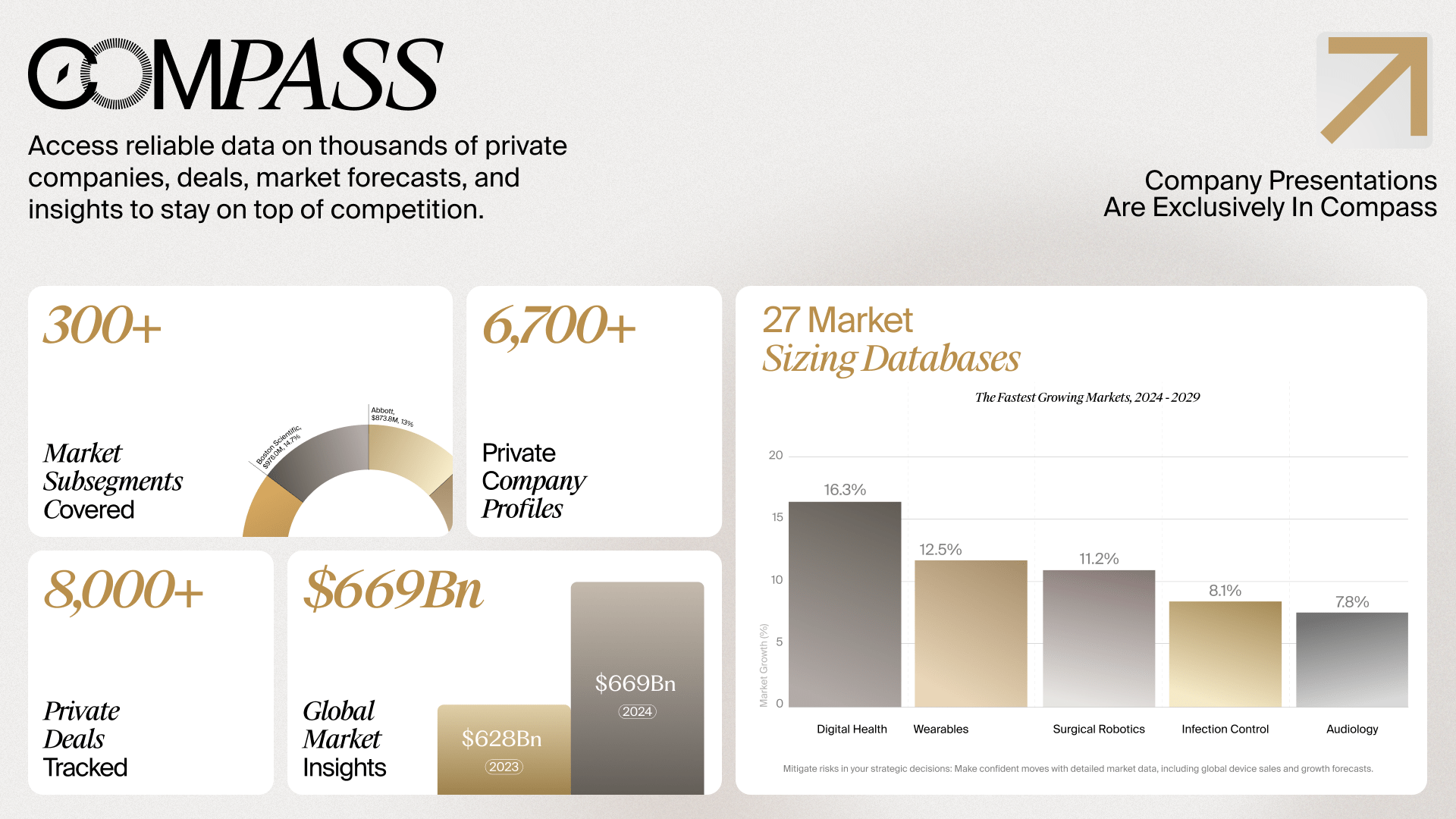- Video Library
- Day Zero Diagnostics | Jong Lee, CEO & Co-Founder
Day Zero Diagnostics | Jong Lee, CEO & Co-Founder

Jong Lee
I am the CEO and cofounder of Day Zero Diagnostics, a company founded to bring a disruptive solution to the current gold standard for infectious disease diagnostics. Our goal is to combine whole genome sequencing with machine learning to revolutionize infectious disease diagnosis and treatment.
As a seasoned entrepreneur with a broad range of management experience in medical technology, I have consulted with large medical device companies, startups, and also served as an executive at high-growth, medical technology companies. My career includes experience in corporate strategy, general management, product development, venture fundraising and marketing.
My particular area of expertise is in commercializing innovative medical technologies with large scale potential. I’ve found that I excel at combining the clinical understanding, product and engineering knowledge, and business acumen required to navigate the medical technology industry.
SPECIALTIES: Executive leadership, strategic planning, financial strategies, medical device innovation, product commercialization, regulatory & clinical strategies, product launches, startups, operational performance, market research, marketing strategies, fundraising, business development, mergers, acquisitions.
Jong Lee
I am the CEO and cofounder of Day Zero Diagnostics, a company founded to bring a disruptive solution to the current gold standard for infectious disease diagnostics. Our goal is to combine whole genome sequencing with machine learning to revolutionize infectious disease diagnosis and treatment.
As a seasoned entrepreneur with a broad range of management experience in medical technology, I have consulted with large medical device companies, startups, and also served as an executive at high-growth, medical technology companies. My career includes experience in corporate strategy, general management, product development, venture fundraising and marketing.
My particular area of expertise is in commercializing innovative medical technologies with large scale potential. I’ve found that I excel at combining the clinical understanding, product and engineering knowledge, and business acumen required to navigate the medical technology industry.
SPECIALTIES: Executive leadership, strategic planning, financial strategies, medical device innovation, product commercialization, regulatory & clinical strategies, product launches, startups, operational performance, market research, marketing strategies, fundraising, business development, mergers, acquisitions.

17011 Beach Blvd, Suite 500 Huntington Beach, CA 92647
714-847-3540© 2025 Life Science Intelligence, Inc., All Rights Reserved. | Privacy Policy







